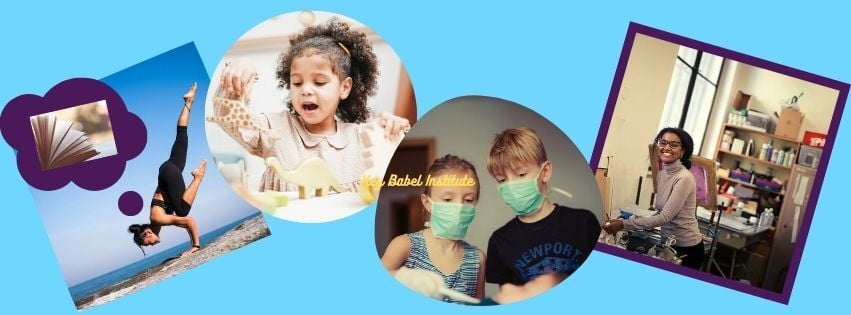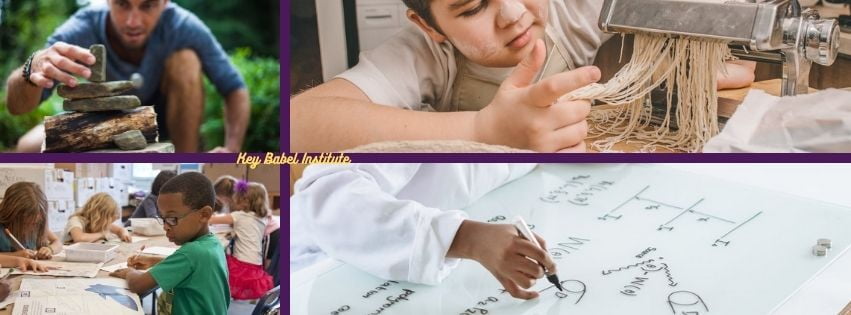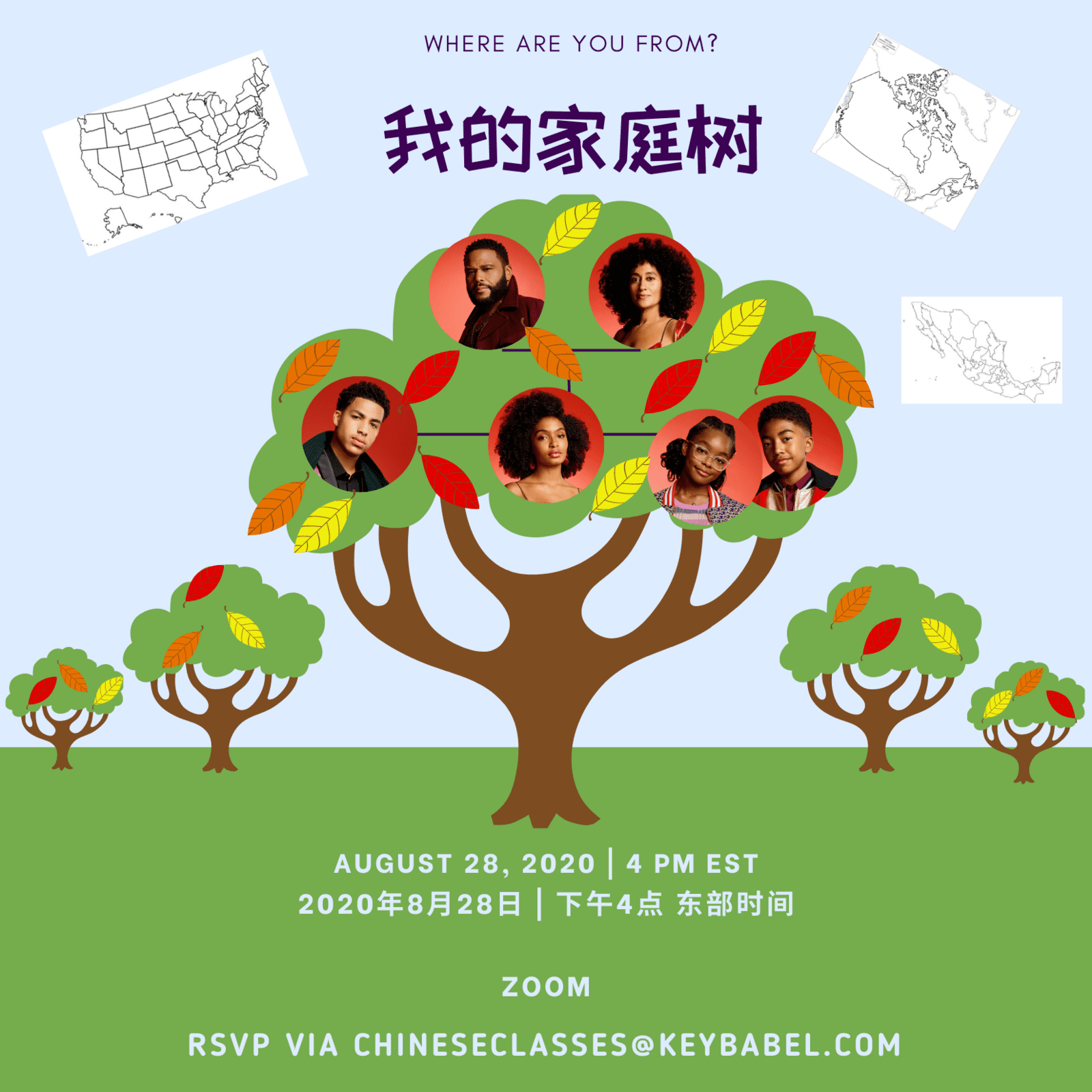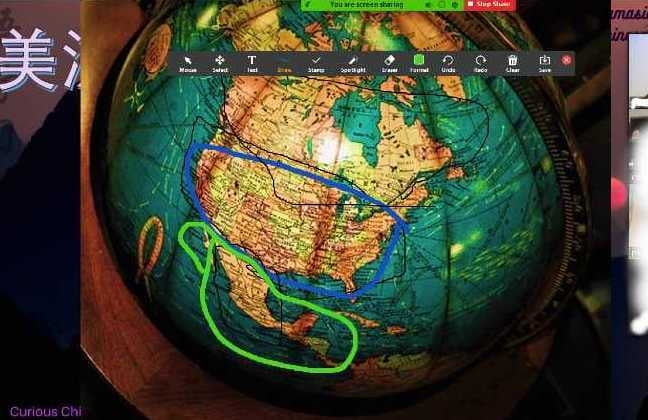Are you a kinesthetic learner?
You may be a kinesthetic learner if doing the following helps you retain information faster and longer than simply seeing the concept or hearing about it.
- Take notes in your own style;
- Create your own flashcards, models, etc.;
- Tap your fingers or feet while thinking;
- Can study much better on a moving vehicle or ... just moving around in some way.
These are actually pretty good traits to have when classes implement a Learning by Doing methodology.

You know what we mean to "Learn By Doing".
People are constantly trying to figure out problems to solve in life. We have a tendency to differ only in the fashion that we choose to do this in. Some of us are grand observers. We gaze, stare, peer and glare at whatever piques our interest, imprinting it in our minds until we find an entry way into an answer. You may get a better feel of what we mean by checking out Frank Lloyd Wright.
Then there are the kinesthetic learners: masters of learning by doing. We take what we do know about a subject and fiddle around with it until we progress toward a solution to the problem. For instance, we may jot down a few notes or think on a subject while spinning in a chair. Then it's time to put things in motion.
An easy example of this lies in the world of video games. Some of us read the rule prompts in their entirety, some of us listen to the full backstory, and then some of us just skim all of that and end up losing a few rounds before finally passing the obstacle. It is a process of repetition but with purpose. We continue through this process of trial and error because we know there's an answer that we actually want or need at the end.
Problems > Hypothesis > Guesses & Tests > Answers
Look familiar?

We mold that right into your foreign language classes!
You're probably thinking, 'how do you learn by doing online? If class is virtual, how do you help make sure things are going well?"
You don't need to overthink this at all. Humans have always been a social creature. We love being able to communicate with each other and show off our works, be they good or lacking in some way. Even now, our youngest students take the time to create something related to the class and then proudly present their process every few minutes. The adult students can be a bit more shy or perfectionist. They may complete projects in their own time and then we discuss them during the class, making adjustments as necessary.
Remember, a language is learned for the specific need to communicate. No matter what topic we cover in class, there will always be a way to get the student moving and creating to help solidify the concept - no English required.
From Mapping to Family Tree Projects



Some of you will come into class understanding the general concept of geography. So after spending time on discussions of countries, you'll be ready to create your own map of N. America using a foreign language.
Some of you will understand what family means, and while we discuss it in classes, will create a full layout of who's who in either your own background or that someone you admire's.